Hello everyone. Today, I would like to introduce you to the life of a NILS student and the historical buildings in Ogori City.
Students who attend NILS…
Students study Japanese every day from Monday to Friday, but they do not study in the classroom all the time until graduation. There are also major events, such as school trips and speech contests. Students will feel suffocated if they only study every day.It is also important to experience the culture of Japan and Ogori City, so there is time at NILS for cross-cultural understanding and exchange. For example, playing small games such as kendama and otedama, and visiting Dazaifu Tenmangu Shrine, a famous place in Fukuoka.



Before graduation…
The class I was in charge of went to a shrine near the school and took a commemorative photo.The shrine’s name is “Gion Shrine.” It is located about 10 minutes walk from NILS.
About “Gion Shrine”
“Gion” can be found all over Japan, and there is a place called “Gion” in Ogori City as well. To summarize, “Gion” is derived from the name of a shrine in Kyoto, and the god enshrined there is said to have the power to calm epidemics. It is said that the plague subsided because Ogori City also had a Gion Shrine. Below is an introduction to Gion Shrine from the Ogori City Tourism Association:
It is said that in 1353, the 8th year of Shohei and the 2nd year of Bunwa (1353), a branch shrine was enshrined from Fuchu (present-day Mii-cho, Kurume City). It is said that in the old days, it was located near Ogori Station on the old Amagi Line, in a place now called Old Gion. Despite the continuous wars and epidemics of disease, Ogori was the only place where few people fell ill at the time, and it is said that people from 19 neighboring villages came to pray for the protection of Gion, and the diseases subsided. It is said that the small shrine was moved to its current location in 1604.(Source: Ogori City Tourism Association https://kanko-ogori.net/gionjinjya/Accessed August 5, 2024)
These are the torii gates and guardian lion-dogs at Gion Shrine. I took these photos for my blog. (It was very hot.) The torii gates act as a barrier separating the human world from the divine world, and the guardian lion-dogs protect the shrine and the gods from evil spirits.
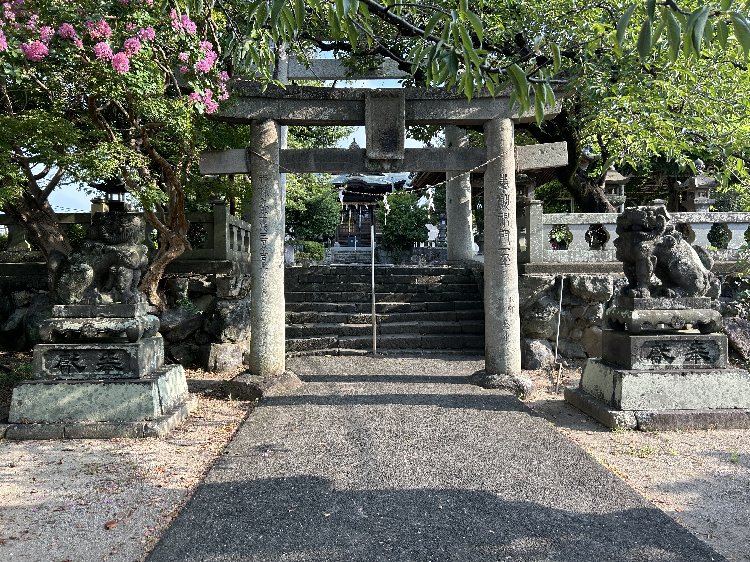
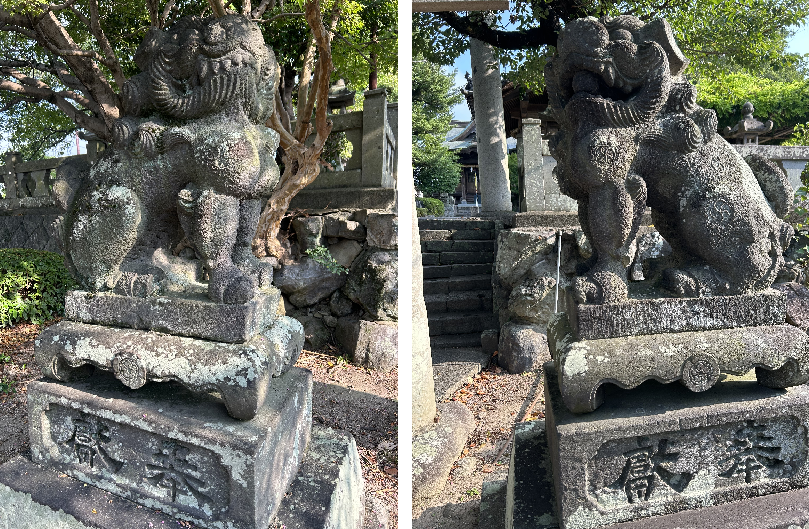
Although it’s a small shrine located in the middle of the city, it has been around for about 600 years, and I believe it has a strong sense of history.
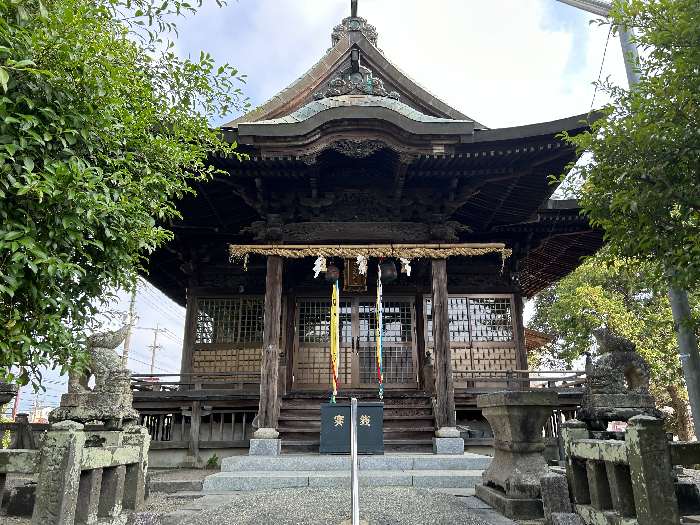
Visiting the shrine and students
There are several etiquette procedures for visiting a shrine, such as ringing a bell*1, putting a coin in the offering box*2, and then placing your hands together in prayer.
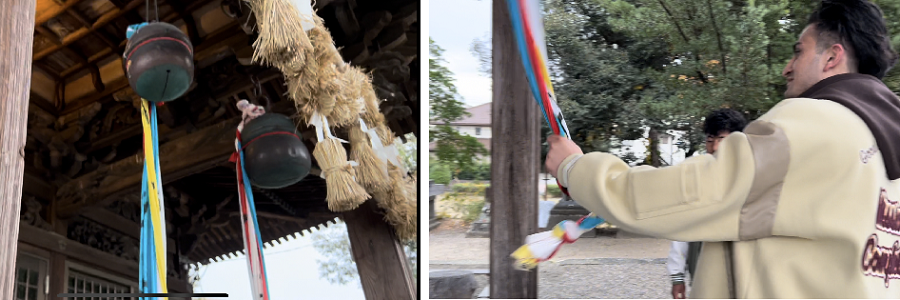
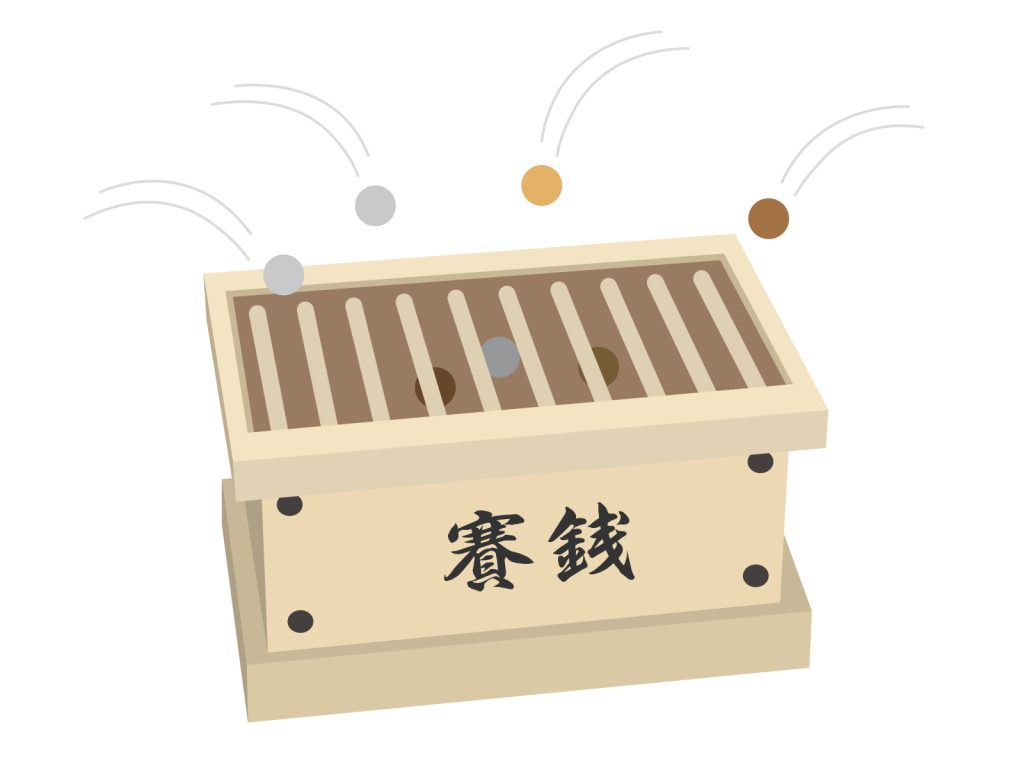
Here is a photo of a student praying. This student is praying with great seriousness.
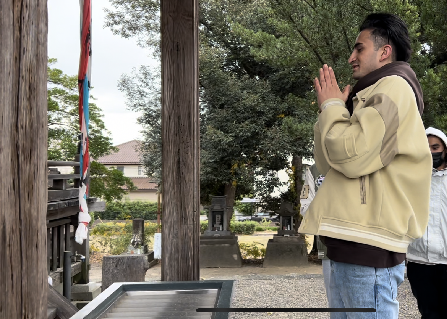
When I asked the students who prayed what they asked for, they said with some embarrassment that they asked for the health of their families and for their success in getting into universities and vocational schools.
When I visited Gion Shrine with the students, the autumn leaves were beautifully colored and very picturesque. After taking the group photo, the students continued to take pictures with their friends, and it was clear they were having a great time. (I received the photo with the most beautifully captured maple leaves from one of the students! I’m always impressed by how well they take photos.) It might be best to go to Gion Shrine around the end of November when the autumn leaves turn red.
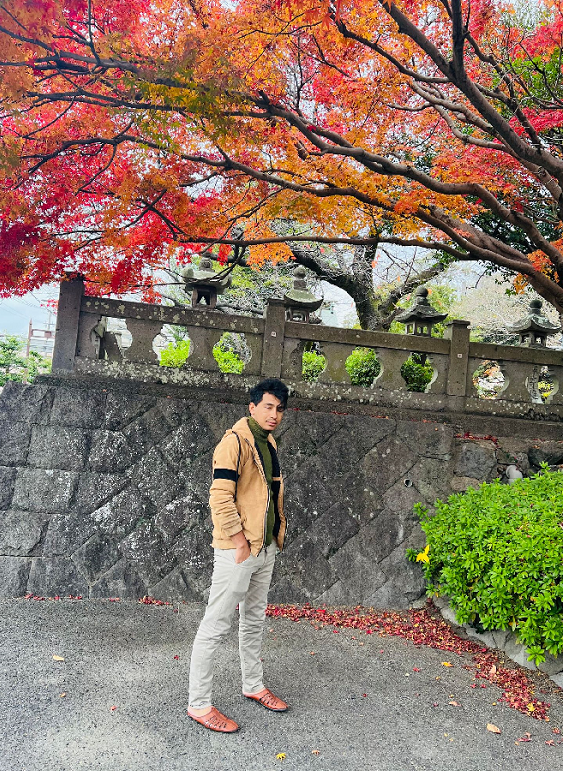
Summary
Ogori City is far from Fukuoka City (Hakata/Tenjin), but it has a tranquil atmosphere that I think is ideal for studying. Please come to NILS in Ogori City. Let’s experience the culture of Japan, Fukuoka, and Ogori while learning Japanese.










